
According to calculations by the Hanoi Department of Construction, by 2030, the capital will need nearly 1,700 public parking lots with a total area of about 1,800 hectares of land for static traffic. However, to date, the entire city has only about 72 official parking lots put into operation, less than 10% of the planning. The proportion of land for static traffic currently accounts for less than 1% of the urban area, while international standards require a minimum of 3 to 4%.
Lack of parking spaces has led to widespread encroachment of roads and sidewalks for parking, which has affected the urban landscape, hindered traffic, and posed a potential safety risk. Many central areas, where population and vehicle density are high, have almost no vacant land left to build new parking lots.
The main reason for the delay in developing the parking system is identified as problems with land funds and investment mechanisms. Many planned locations are located in residential areas, agencies, or public land, making site clearance difficult. Underground or high-rise parking projects require huge investment capital, while the payback period is long and profits are low, making investors reluctant to participate.
Current incentive policies are still limited and not strong enough to create attraction. In addition, detailed planning lacks feasibility, many maps are still just "red dots" on paper. While Hanoi is struggling to find a solution, Ho Chi Minh City has temporarily solved the problem by taking advantage of public land around parks, cultural houses, or some administrative agencies to make temporary parking lots.
Experience from Bangkok (Thailand) also shows that, in addition to expanding land funds, it is necessary to optimize and connect existing systems through technology. Bangkok authorities have deployed a smart parking sharing platform, allowing people to find, reserve and pay for parking spaces via a mobile application.
According to experts, Hanoi can learn from this model and issue a comprehensive and synchronous solution package, including mechanisms, planning and technology. One feasible direction is to apply the public-private partnership (PPP) model, in which the State is responsible for site clearance, while enterprises focus on investment, construction and exploitation. At the same time, the city needs to apply specific preferential policies on taxes, land rents and credit to attract enterprises to participate in investment.
The application of smart technology is considered an important solution to improve the efficiency of using traffic land funds. The online parking management and coordination system, connecting public and private parking lots and commercial centers will help people easily find vacant spaces, make cashless payments, while increasing transparency and preventing waste. A new direction is to integrate electric vehicle charging stations in newly built parking lots, leading the trend of green vehicles.
In the short term, Hanoi can temporarily use empty spaces such as under bridges or public land for temporary parking, but must ensure regulations on fire prevention, environmental protection and structural safety. In the long term, the city is aiming for a smart underground parking model, applying automatic parking technology like in Tokyo, Seoul or Singapore.
If the delay continues, the parking lot planning will remain just a beautiful drawing on paper, while on the streets, vehicles will still be crowded, and the roads and sidewalks will still be occupied. However, if we boldly remove the mechanism, promote socialization and apply smart technology, Hanoi can completely turn the situation around.

Mr. Le Trung Hieu, Deputy Director of the Hanoi Department of Finance, shared that it is time for parking lots to no longer be considered a secondary item, but to be placed on par with key infrastructure projects such as metro, BRT or belt routes. Only then will the capital get closer to the goal of becoming a civilized, orderly, traffic-free and livable city, worthy of its position as the political , economic and cultural center of the whole country.
Source: https://baotintuc.vn/kinh-te/ha-noi-khatbai-do-xe-20251110105958732.htm


![[Photo] Prime Minister Pham Minh Chinh attends a conference to review one year of deploying forces to participate in protecting security and order at the grassroots level.](https://vphoto.vietnam.vn/thumb/1200x675/vietnam/resource/IMAGE/2025/11/12/1762957553775_dsc-2379-jpg.webp)




![[Photo] Highways passing through Dong Nai](https://vphoto.vietnam.vn/thumb/1200x675/vietnam/resource/IMAGE/2025/11/12/1762940149627_ndo_br_1-resize-5756-jpg.webp)


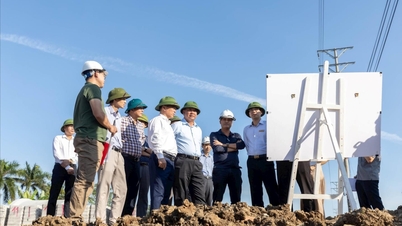



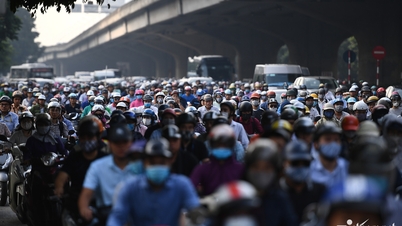




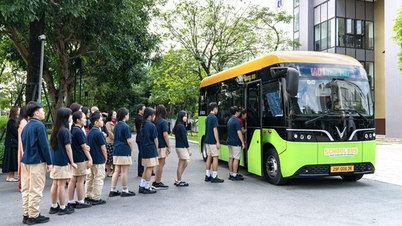




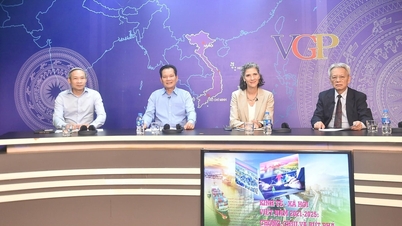









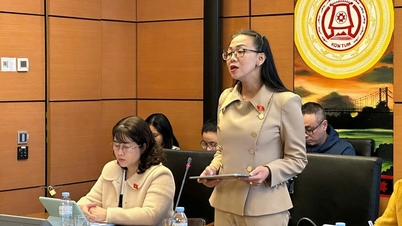
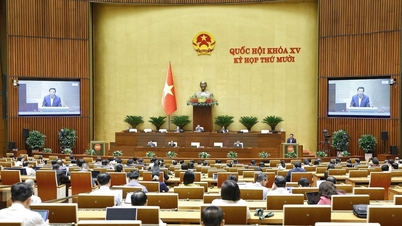


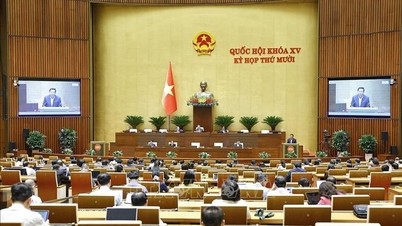





















































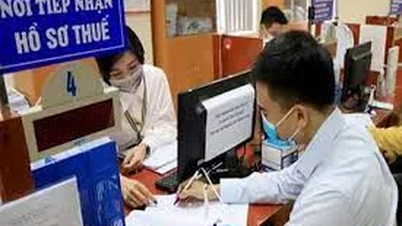








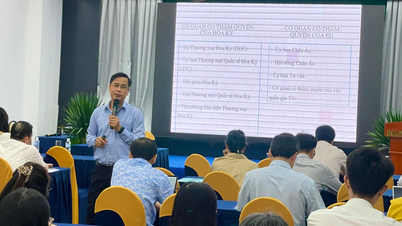





![Dong Nai OCOP transition: [Article 3] Linking tourism with OCOP product consumption](https://vphoto.vietnam.vn/thumb/402x226/vietnam/resource/IMAGE/2025/11/10/1762739199309_1324-2740-7_n-162543_981.jpeg)







Comment (0)